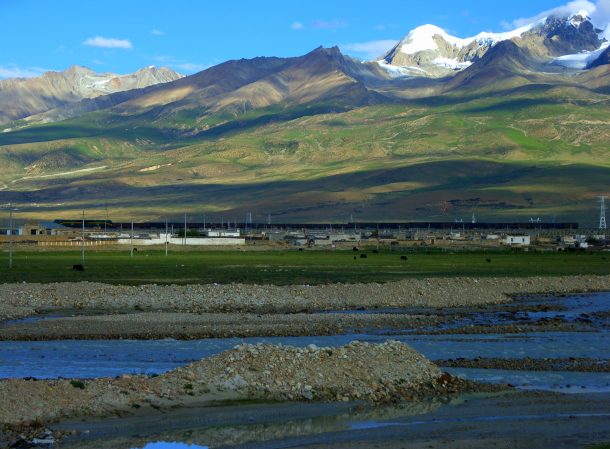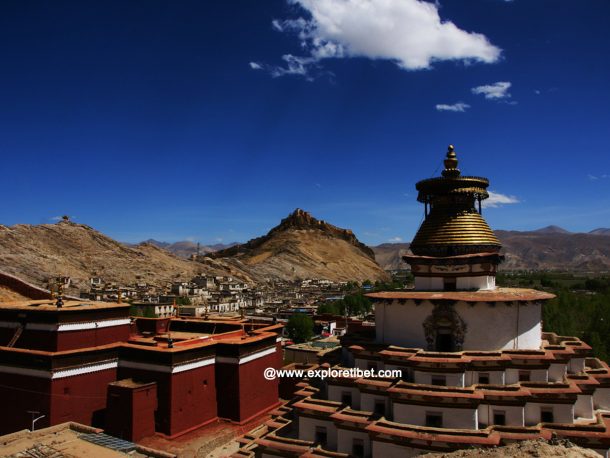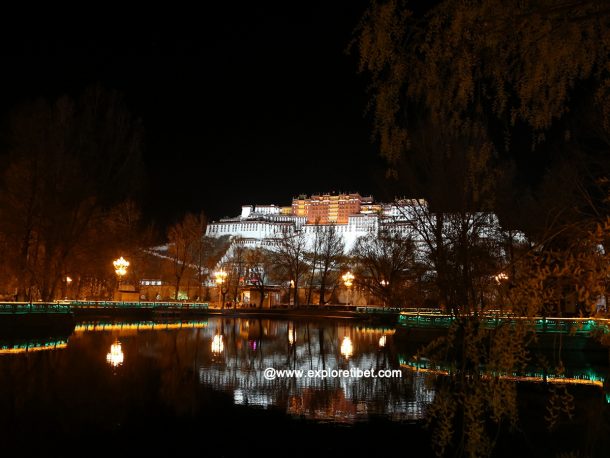
How To Travel Tibet On A Budget – Explore Tibet
Travel to Tibet can be done in one of two ways; by flight or by train. Traveling by train from one of the seven gateway cities in China can make a big difference. There are two types of sleeper cabins on the trains from China to Tibet; Soft Sleepers and Hard Sleepers.
In order to travel to Tibet, you must book an organized tour with a registered Tour Operator such as Explore Tibet, which will include your permits, guide, vehicle and driver. However, as expensive as all this may sound, there are ways that you can travel Tibet on a budget. Explore Tibet can also help you to manage your Tibet trip according to your budget, so make sure you let them know what you are looking for when you book.
Timing
One of the main reasons costs of Tibet tours can get higher is the peak tourist season. Just like tourism everywhere else, costs in Tibet increase during the peak weeks, when there are hundreds of thousands of travelers. If you want to cut the cost of your tour, the first option would be to travel in the low season for Tibetan tourism, as you can often find cheaper deals on accommodation and travel expenses, and there are a lot of attractions and monasteries that reduce their entrance costs in the winter months when few people visit.
Travel to Tibet
Travel to Tibet can be done in one of two ways; by flight or by train. Traveling by train from one of the seven gateway cities in China can make a big difference. There are two types of sleeper cabins on the trains from China to Tibet; Soft Sleepers and Hard Sleepers. The soft sleeper compartments are more expensive, as they only have four berths and have doors that can be locked. However, the hard sleeper compartments are much cheaper, with six berths and no door, and the berths are not hard, as the name implies. Although it is a lot less secure – carrying your valuables in a smaller bag is advised – there are police officers on the trains, and crime is not really an issue when traveling by train.
While flights from Shanghai to Lhasa average at around $480 per person for the round trip (around ¥3,350), the most expensive Soft Sleeper is only ¥1,470 ($215), depending on the travel date and availability of tickets. Since flights into China do not have much difference in price from your original departure city, you can choose the starting point based on cost as well. Traveling to Tibet from Chengdu or Chongqing can make the cost of your train ticket even cheaper. Hard Sleeper prices range from ¥500 ($75) to ¥900 ($130), again depending on the starting point, date of travel and availability.

Tibet train tours
While the hard seats are a cheaper option – more or less half the cost of the hard sleeper – they are not recommended since the trip by train to Lhasa can take between 22 hours and 48 hours.
Tickets can be bought at the train station or through a tour agent. You can also reserve your tickets online. It is recommended that you book your tickets at least 5 days in advance of your date of travel, as ticket availability at the station is not guaranteed, especially in the busier summer months.
All foreigners traveling to the Tibet Autonomous Region must use an organized tour company such as Explore Tibet, who will provide the required permits, a tour guide, a vehicle, and driver, and can arrange your accommodation as well. Unfortunately, there are no exceptions to this rule, and traveling there yourself to “backpack” through the region is impossible. With the cost of a guide ranging from $40-$50 per day, and a vehicle and driver to Everest Base Camp (EBC) costing between $1,500 to $2,000 – without the required permit fees, entrance fees and taxes – traveling alone is going to be expensive.
To reduce costs, and bring your tour more into line with your budget, it pays to join one of the Explore Tibet’s organized tours as part of a larger group tour. This can drastically reduce the costs of traveling to the different places by splitting the cost of the guide, driver, vehicle, etc. Explore Tibet has group tours that you can join as an individual, and reduce the cost of your trip. When the cost is divided between a group of 10 others using a join-in tour, the average tour can be reduced drastically.
Accommodation
Lhasa has a variety of hotels, guest houses, and hostels, and you can cut the cost of your accommodation by choosing some of the cheaper options. Hotels in Lhasa have improved over the years, and now include such big name hotels such as the Shangri-La, the Jardin and even one from the St. Regis chain. However, the city, and indeed the whole region, caters for budget travel with many hostels and guest houses.
Prices for budget hostels and guest houses can range from $10 to $15 per night, although amenities are often quite basic. Economy hotels are a better option if you are looking for places with good bathrooms and a simple breakfast included. Prices range between $15-$25 per person per night. And there are many dorm-style hostels throughout Tibet which can save you money. Using the budget accommodation can reduce the cost of your stay greatly, and you can also talk to your tour operator, who can help find the most affordable accommodation for you.

View of Gyantse Fort from the Kumbum stupa in Gyantse
Food and Drink
For those who want to arrange their own food, instead of eating at the hotel or the hostel, you can find many places to eat, especially in Lhasa. On average, the daily cost of food can be a little as $15-$20 per day. In more remote areas the cost of food can be higher, due to the limited supply and higher local costs, so it is best to stick to places your guide can recommend for the best value. In the Old Town in Lhasa, there are dozens of small local restaurants that can serve you inexpensive meals, including noodles, bread, and momos, a local dumpling. Most traditional Tibetan food consists of barley, meat, and dairy products. Tsampa is a staple of the Tibetan diet, made from parched barley and ghee (yak butter) and consumed daily. This dough is consumed at every meal and is also used as a traveling food.
In Lhasa now there has been an increase in the amount of vegetables and fish available in the market, and there are many other restaurants in the city. Restaurants serving Tibetan dishes, Chinese food, Indian dishes, Nepalese food and even western food are available for tourists all over the city. If you want to seek out the cheapest spots, ask your guide for the “non-tourist” places.
For those traveling on a shorter tour of 4-5 days, you can supplement your food by bringing dried and packaged foods with you. High protein foods are best recommended for the energy they give, and packet soups, noodles, and biscuits are useful when traveling. And for those trips to EBC and the various temples, take along some high-protein snacks that can replace energy fast, such as chocolate, nuts, dried fruits and sweet biscuits.

Potala palace night scene in Lhasa
If you have any questions for your planning Tibet tours, then always feel free to write us at [email protected] and one of our local Tibetan guide will reply you in 24 hours with travel recommendations, as being a local Tibetan tour agent, we can help you to make your Tibet tour easy, flexible and cheaper by eliminating layers of service fees and commissions.
Recent Posts
How to Explore Tibetan Culture
Exploring Lhasa:The Heart of Tibet
Tibetan Nomadic Tour
All Categories
- About Tibet
- book a Tibet tour
- Buddhism Practice
- Budget Tour
- China-Tibet Train
- Customized Tibet tour
- Historical Sites
- Hot Springs in Tibet
- News
- Photography in Tibet
- Tibet attraction
- Tibet Group Visa
- Tibet Motorcycle Tour
- Tibet Small Group Tours
- Tibet Tours and Tibetan Tour Guide
- Tibet Train
- Tibet Travel FAQs
- Tibet Travel Information
- Tibet Travel News
- Tibet Travel Permit Update
- Tibet Travel Prices Rises
- Tibet Trek
- Tibet Trekking Tour
- Tibet weather and climate
- Tibet Wildlife animals
- Tibet Winter Tour
- Tibetan Buddhism
- Tibetan Cultural Features
- Tibetan Culture and Poeple
- Tibetan Festivals
- What to see in Tibet





